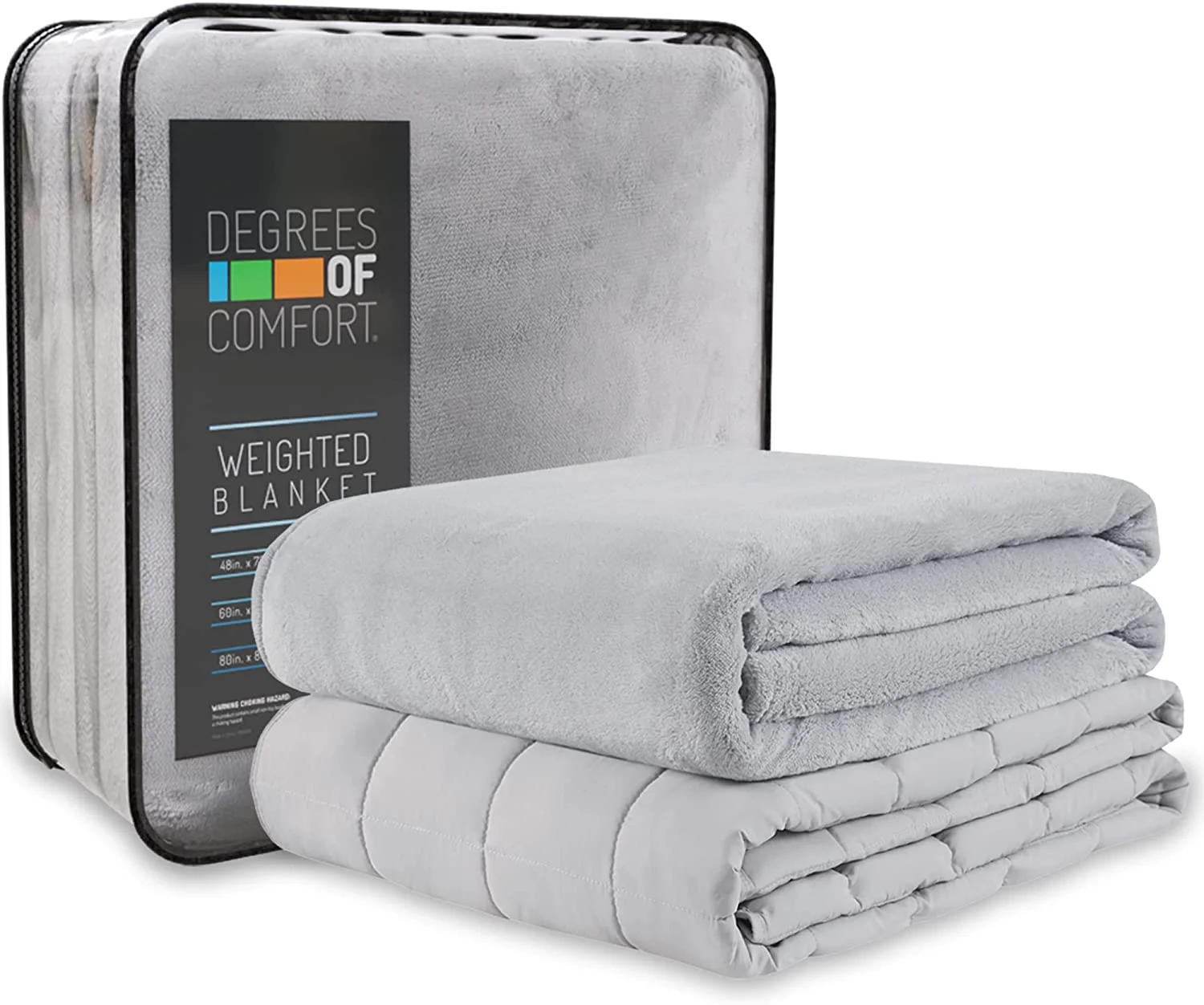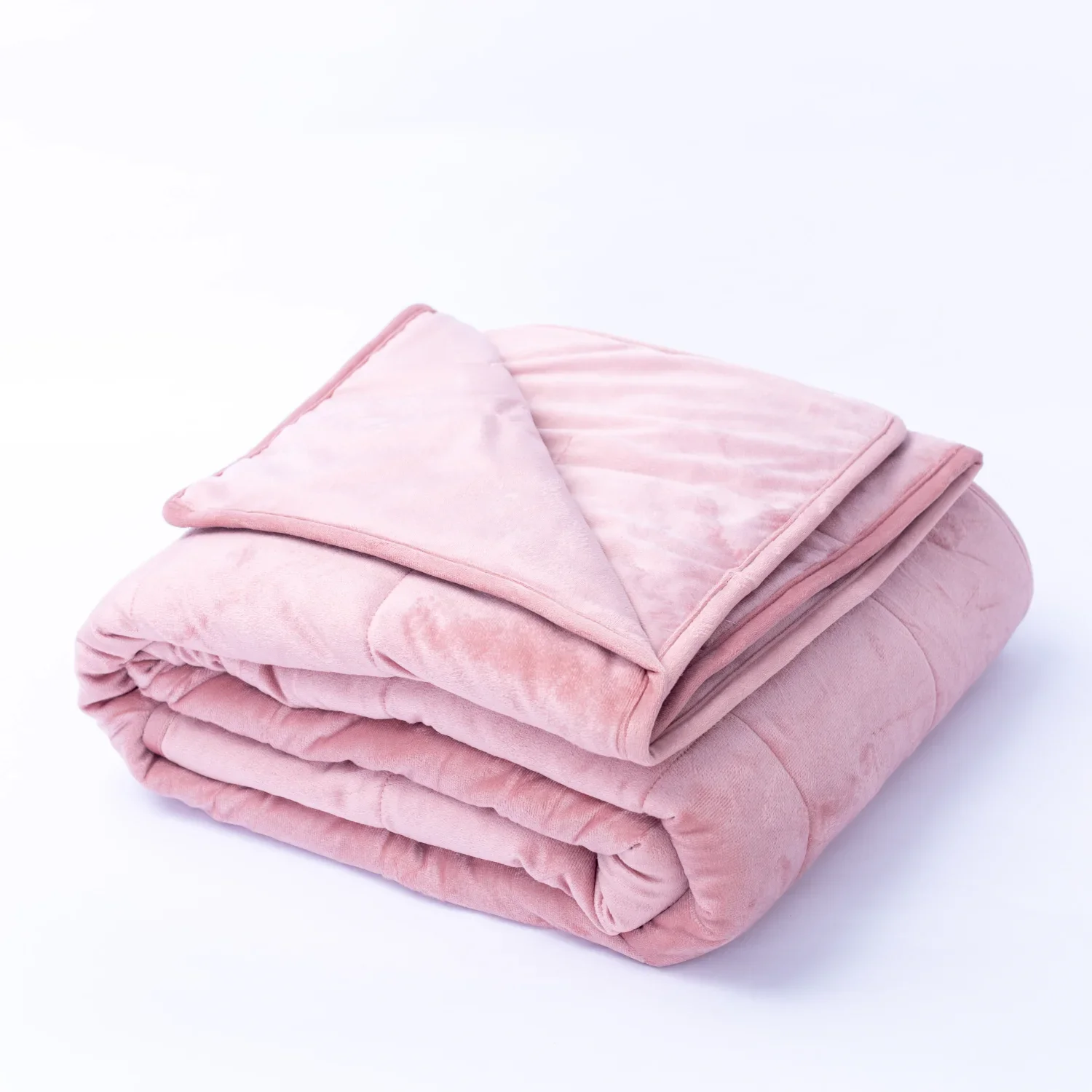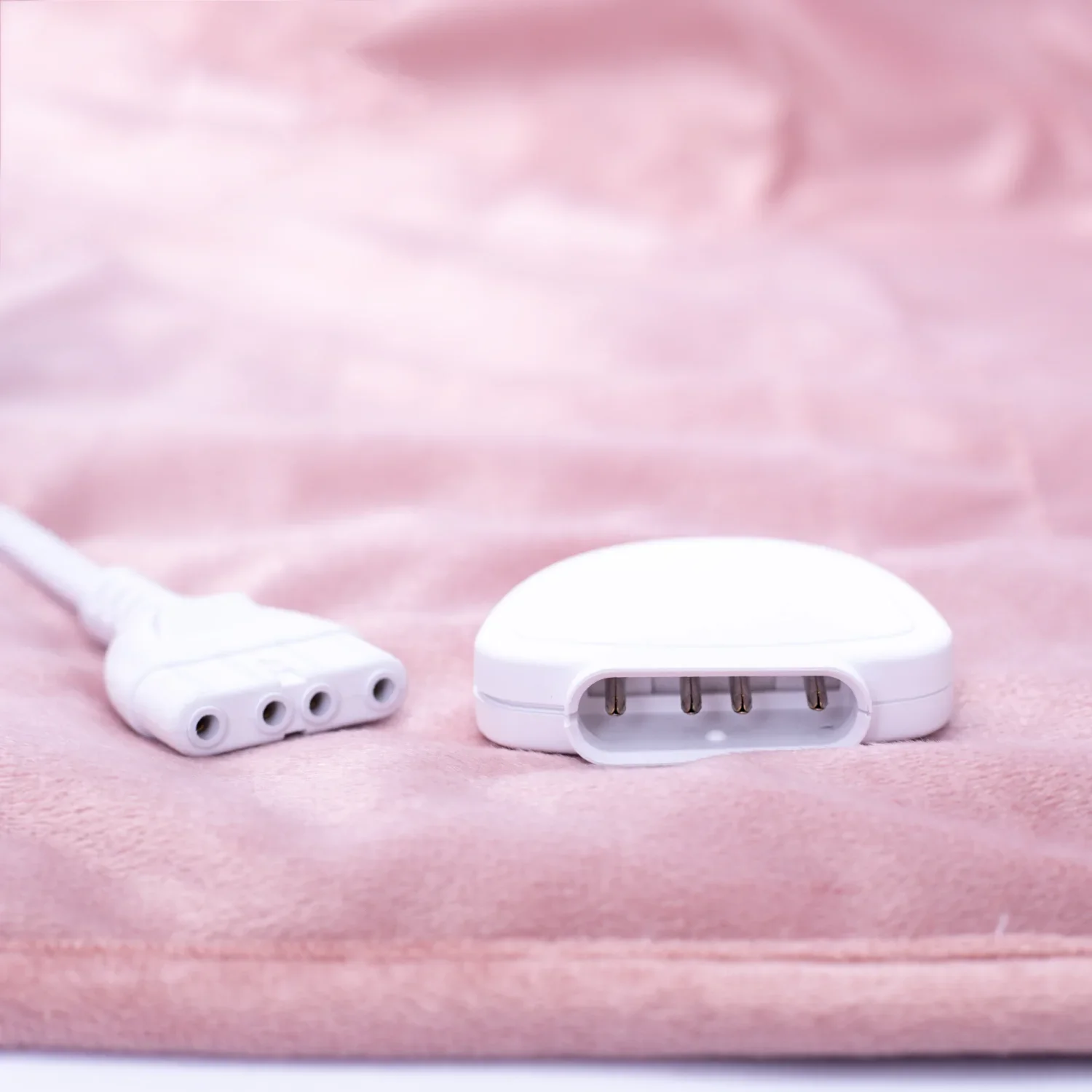- This topic is empty.
-
AuthorPosts
-
2023-11-06 at 11:03 am #506
Welcome to a world where blankets are not just for warmth or decoration, but also for healing and comfort. In recent years, the popularity of weighted blankets has skyrocketed as people discover their incredible versatility in therapeutic and sensory integration settings. These cozy companions have proven to be much more than just sleep aids; they have become powerful tools in improving mental health, reducing anxiety, enhancing focus, and promoting relaxation. Join us as we delve deep into the extraordinary benefits of weighted blankets beyond sleep ? prepare to be amazed!
Introduction to Weighted Blankets
Weighted blankets have been used for years in therapeutic and sensory integration settings to provide calming deep pressure input. More recently, weighted blankets have gained popularity as a sleep aid for people with anxiety, autism, ADHD, and other conditions that can make it difficult to fall asleep and stay asleep.
There is some science to back up the claim that weighted blankets can help improve sleep. One study found that participants who used a weighted blanket reported feeling less anxious and more relaxed. Another study found that participants who used a weighted blanket had less body movement during the night and felt more rested in the morning.
While there is no guarantee that a weighted blanket will help everyone with sleep issues, it may be worth a try for people who have difficulty falling asleep or staying asleep. If you are considering using a weighted blanket, talk to your doctor or therapist first to make sure it is safe for you.

Benefits of Weighted Blankets
Weighted blankets are often used in therapeutic and sensory integration settings to provide a calming, deep pressure input. The weight of the blanket provides proprioceptive feedback that can help to increase body awareness and improve motor planning. Additionally, the deep pressure input can help to decrease anxiety and provide a sense of security. Weighted blankets can also be used to provide proprioceptive input during sensory integration activities such as swings, trampolines, and bounce houses.
Types of Weighted Blankets
There are a variety of weighted blankets on the market, each with its own unique set of features. Below, we'll take a look at some of the most popular types of weighted blankets to help you choose the right one for your needs.
1. Gravity Blankets: Gravity blankets are designed to provide gentle, evenly distributed weight that can help to improve sleep quality and reduce anxiety. They typically weigh between 5 and 30 pounds, making them ideal for use by adults or children.
2. Lap Pads: Lap pads are smaller than full-sized blankets, making them perfect for use while traveling or in smaller spaces. They typically weigh 2-5 pounds and can be used to provide targeted weight to the lap or shoulders.
3. Sensory Integration Blankets: Sensory integration blankets are often used in therapeutic settings to help calm and focus individuals with sensory processing disorders. They typically weigh 5-10 pounds and feature a variety of textures and patterns that can help stimulate the senses.
4. Weighted vests: Weighted vests provide deep pressure input throughout the torso and can be helpful for reducing fidgeting, improving focus, and promoting calmness. They typically weigh 5-10 pounds and come in a variety of sizes to fit both children and adults.

Exploring the Science Behind Weighted Blankets
Weighted blankets are often used in therapeutic and sensory integration settings to help individuals with a variety of conditions. The weight of the blanket provides pressure that can be calming and helpful for those who have difficulty processing sensory information. The pressure can also help to increase deep touch pressure, which has been shown to have a variety of benefits including reducing anxiety, improving sleep, and reducing pain.
There is a growing body of research that supports the use of weighted blankets for various populations. One study found that weighted blankets reduced anxiety in adults with generalized anxiety disorder. Another study found that weighted blankets improved sleep quality in people with insomnia. And a recent systematic review concluded that weighted blankets may be an effective intervention for people with autism spectrum disorder.
While more research is needed to further explore the potential benefits of weighted blankets, there is promising evidence that they can be a helpful tool for many individuals. If you are considering using a weighted blanket, be sure to consult with a healthcare professional to ensure it is safe and appropriate for you.
Uses for Weighted Blankets in Therapeutic and Sensory Integration Settings
Weighted blankets are often used in therapeutic and sensory integration settings to provide a sense of calm and comfort. They can be used to help people with anxiety, depression, autism, ADHD, and other conditions. Weighted blankets can also be used to help Sensory Processing Disorder (SPD) and Sensory Integration Dysfunction (SID).
There are many different ways that weighted blankets can be used in therapeutic and sensory integration settings. Here are some examples:
Anxiety:
Weighted blankets can provide a sense of calm and security for people with anxiety. They can help to reduce anxiety symptoms such as racing thoughts, irritability, and restlessness. weighted blankets can also help to improve sleep quality for people with anxiety.
Depression:
Weighted blankets can help to ease the symptoms of depression by providing a sense of comfort and security. They can also help to improve sleep quality for people with depression.
Autism:
Weighted blankets can provide a sense of calm and security for people with autism. They can help to reduce autism symptoms such as repetitive behaviors, social withdrawal, and sensitivity to light or sound. weighted blankets can also help to improve sleep quality for people with autism.
ADHD:
Weighted blankets can help to ease the symptoms of ADHD by providing a sense of calm and focus. They can also help to improve sleep quality for people with ADHD.

Guidelines for Choosing the Right Weighted Blanket
There are a few key factors to keep in mind when choosing the right weighted blanket for therapeutic or sensory integration settings. The first is the weight of the blanket. It should be heavy enough to provide deep pressure input but not so heavy that it is uncomfortable or unsafe. A good rule of thumb is 10% of the individual?s body weight + 1 pound. So, if an individual weighs 150 pounds, they would need a 16-pound blanket.
The second factor to consider is the size of the blanket. It should be large enough to cover the entire body but not so large that it is cumbersome or difficult to move around. A good rule of thumb is to choose a blanket that is at least 10 inches longer and 10 inches wider than the individual?s height.
The third factor to consider is the fabric of the blanket. It should be made from a breathable material like cotton or linen so that it does not overheat the individual. It should also be washable in case of accidents or spills.
The fourth factor to consider is the filling of the blanket. There are many different types of fillings available, from sand to glass beads to plastic pellets. The type of filling will affect the weight and feel of the blanket, so it is important to choose one that will meet the individual?s needs.
The fifth and final factor to consider is the color of the blanket. Weighted blankets are available in a variety of colors, so it is important to choose one that will help the individual feel calm and relaxed.
How to Use a Weighted Blanket Properly
If you are considering using a weighted blanket to help with sleep, there are a few things to keep in mind. First, it is important to choose the right size blanket for your body. A good rule of thumb is to select a blanket that is 10% of your body weight. For example, if you weigh 150 pounds, you would select a 15-pound weighted blanket.
Second, when using a weighted blanket for sleep, it is important to place it on top of your bed sheets and not directly on your skin. This will help prevent any potential skin irritation.
Third, it is best to use a weighted blanket for no more than two hours at a time. This will help prevent overheating and discomfort.
If you have any medical conditions or are pregnant, please consult with your doctor before using a weighted blanket.

Conclusion
Weighted blankets have become a popular and effective tool for calming, soothing, and providing comfort to individuals with special needs. While they are most commonly used during sleep, research suggests that weighted blankets may be beneficial in therapeutic and sensory integration settings as well. With proper assessment of the individual?s condition, weighting can provide significant benefits for various conditions including autism spectrum disorder (ASD), ADHD, anxiety disorders, depression, PTSD and more. Weighted blanket therapy is proving to be an effective option for managing symptoms associated with these disorders while also providing comfort in times of stress or discomfort.
Hangzhou Xiaoyang Household Textiles Co.,Ltd. Is a manufacturer specialized in research, development and production of home textiles.In the past years, we've deeply involved in business of Weighted blanket and Electric blanket which achieves a great success in the world market. The innovative design, advanced manufacturing and rich experiences always make us a standard among the industry, and gain perfect reputation from our customers. Welcome to inquiry if you need to know more about Weighted Blanket details or order wholesale.hzxy-leo@vip.163.com
Xiaoyang Household Textiles
wxam.assistant@marketingforce.com -
AuthorPosts
- You must be logged in to reply to this topic.